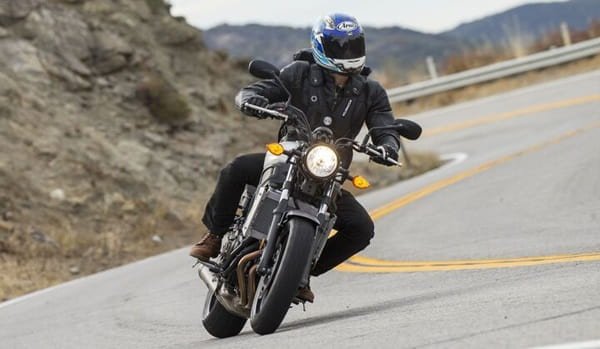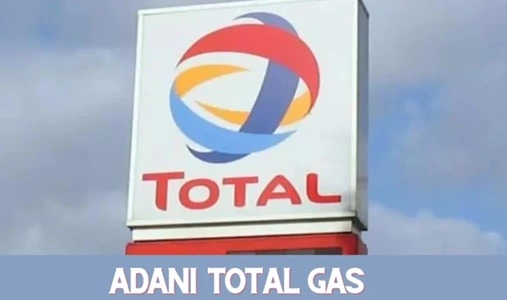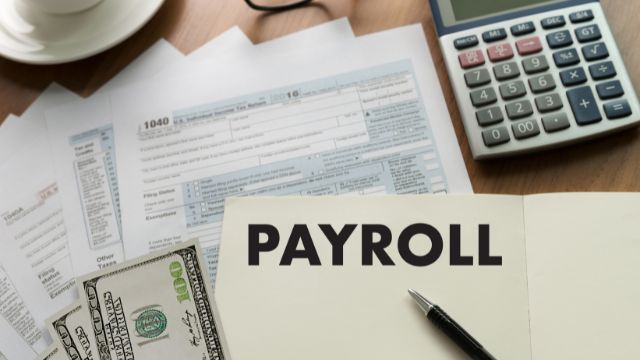Riding a motorcycle at a high level takes more than power and speed. It takes consistency, attention to detail, and discipline. High-performing riders are not just thrill-seekers; they are strategic thinkers who know how to manage risk, maintain focus, and prepare for the unexpected.
Interestingly, the mindset and habits that make elite riders successful mirror those that fuel thriving businesses. From preparation to adaptability, the road and the boardroom have more in common than you might think. Here are the top habits of high-performing riders and what today’s business leaders can learn from them.

1. Routine Maintenance is Non-Negotiable
Top riders know their machines inside and out. They inspect their bikes regularly, check tire pressure, change fluids, and keep everything finely tuned. Skipping maintenance isn’t an option. When you skip maintenance, it’s a risk to performance and safety.
In business, the same principle applies. Regular “maintenance” might mean reviewing processes, updating systems, or training staff. When a company waits for problems to surface, it often pays the price in lost time and revenue. High-performing organizations, like riders, commit to consistency before there’s a crisis.
2. Focus is a Skill, Not a Trait
Riders understand that a lapse in attention can have serious consequences. Whether navigating traffic or racing at high speed, staying mentally locked in is essential. High performers train themselves to be fully present in the moment, even under pressure.
Businesses that develop strong focus within teams tend to make better decisions and reduce costly mistakes. Avoiding multitasking, setting clear goals, and fostering a distraction-free environment can make a significant impact on productivity and performance. Focus, like riding, improves with deliberate effort.
3. Risk Is Calculated, Not Avoided
Motorcycling comes with risk, but the best riders don’t let fear control them. Instead, they evaluate risks, prepare for them, and know how to respond if anything goes sideways. They wear proper gear, plan their routes carefully, and respect the limits of their bike and environment.
Great businesses do the same. Rather than avoiding change, they assess risk through data and planning. They have contingency plans, safety nets, and exit strategies. The goal isn’t to eliminate risk, but to manage it with clarity and foresight.
4. Efficiency Matters
Riders pack lightly, move quickly, and take the shortest path between two points without sacrificing safety. There is a level of discipline involved in doing more with less and making smart choices in the moment.
When efficiency also includes strategic decisions around moving a motorcycle over large distances, for example, outsourcing vehicle transport can free up internal energy for more impactful tasks. Looking up how to transport vehicles in Georgia can support logistics without overextending time or resources.
Efficient business operations follow the same rule. Cutting waste, improving workflows, and streamlining communication helps organizations become more agile and responsive. Just as high-performing riders plan every turn with precision, businesses should aim to execute with purpose and reduce unnecessary drag.
5. Learning Never Stops
The best riders constantly train. They watch race footage, attend workshops, practice techniques, and reflect on what went well and what didn’t. They seek mentorship, stay curious, and welcome feedback.
High-performing companies have the same mindset. They invest in learning and development, stay updated on market shifts, and cultivate a culture where feedback is used to grow, not to blame. Businesses that stop learning eventually stall. Those that embrace growth continue to evolve.
6. Community Counts
Even the most independent riders value community. Whether it’s a group ride, a mechanic’s advice, or a conversation with a fellow enthusiast, shared experiences make riders better. Strong communities offer support, insight, and motivation.
In business, no success story is built in isolation. Collaboration, networking, and cross-team communication all fuel innovation and resilience. Building strong connections inside and outside the organization helps keep teams engaged and aligned, even during difficult stretches.
7. Preparation Beats Panic
High-performing riders don’t wait until the road gets rough to start thinking clearly. They prepare for weather, terrain, and mechanical issues before they leave the garage. This level of planning allows them to remain calm in high-pressure moments.
Businesses that thrive under pressure are often the ones that plan ahead. Strategic forecasting, crisis preparation, and scenario planning allow leaders to act confidently, not react fearfully. Like experienced riders, they expect obstacles and know how to handle them.














